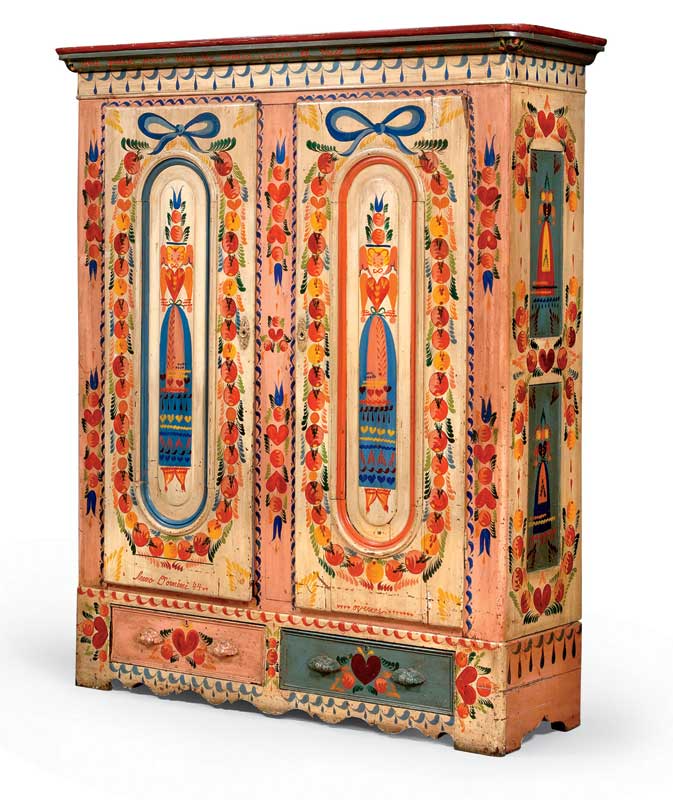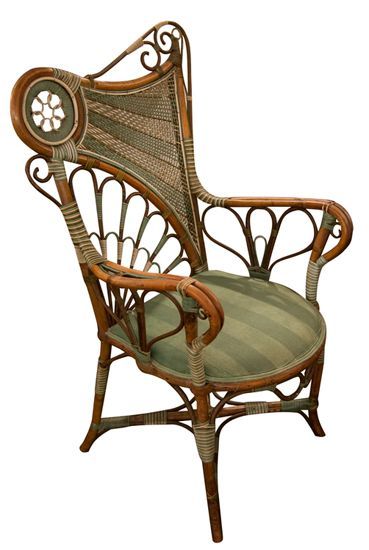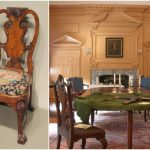Antique furniture designs have a timeless beauty that continues to capture the attention of collectors and enthusiasts alike. From intricately carved details to rich wood finishes, antique furniture pieces bring a touch of elegance and history to any home.
One of the most popular types of antique furniture designs is Chippendale, known for its ornate carvings and graceful curves. This style originated in the 18th century and is characterized by intricate detailing, such as claw and ball feet, cabriole legs, and intricate scrollwork. Chippendale furniture pieces are often seen as a symbol of sophistication and luxury.
Another beloved antique furniture style is Queen Anne, which was popular in the early 18th century. Queen Anne furniture is known for its graceful lines, curved legs, and fiddleback chair designs. This style often features delicate, handcrafted details and fine craftsmanship, making it a favorite among collectors of antique furniture.
The Victorian era also produced a wealth of unique antique furniture designs, known for their opulence and intricacy. Victorian furniture features elaborate carvings, rich upholstery, and bold, ornate designs. This style often incorporates elements of Gothic, Rococo, and Renaissance Revival design, creating a truly eclectic and beautiful aesthetic.
For those who appreciate simplicity and functionality, the Arts and Crafts movement of the late 19th century offers a more understated and streamlined approach to antique furniture design. This style emphasizes craftsmanship, handcrafted details, and the beauty of natural materials such as wood and metal. Arts and Crafts furniture pieces are characterized by their clean lines, simple forms, and high-quality construction.
Mid-century modern furniture designs from the 20th century also hold a special place in the world of antique furniture. These pieces are characterized by their sleek, minimalist lines, organic shapes, and innovative use of materials such as molded plywood, fiberglass, and steel. Mid-century modern furniture embodies a sense of optimism and progress, reflecting the changing cultural landscape of the post-World War II era.
 bebadesign Interior Design Ideas
bebadesign Interior Design Ideas














